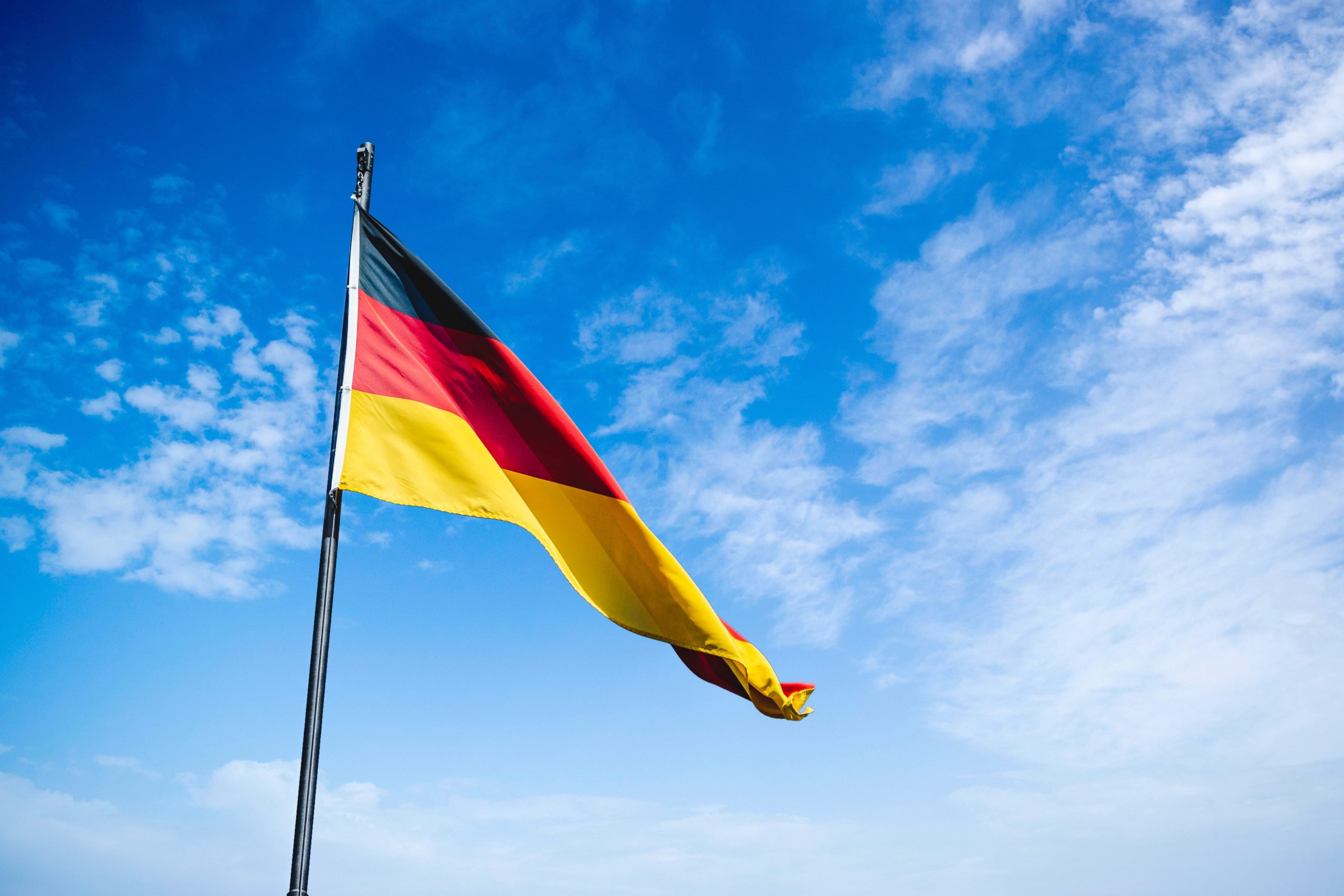The Formula One industry is no stranger to scandals, as evidenced by the recent incident involving Lewis Hamilton during the Qatar Grand Prix. The FIA’s decision to reconsider Hamilton’s penalty for crossing the track has raised eyebrows and stirred questions about a driver’s role as a “role model” in the sport.
The Incident in Question
On the first lap of the Qatar Grand Prix, Lewis Hamilton collided with his Mercedes teammate, George Russell. Following the incident, Hamilton exited his vehicle and walked across the track to the pits, which was against F1 rules. Despite the fact that Hamilton acknowledged the safety dangers and expressed regret for his actions, the FIA initially imposed a fine of £43,350, with half of it suspended, and a formal reprimand.
The Role Model Debate
The FIA’s decision to reconsider the penalty stems from Hamilton’s standing as a “role model.” The governing body was concerned about the impact Hamilton’s actions would have on younger drivers. This viewpoint, however, has elicited conflicting responses. While some argue that Hamilton, given his stature in the sport, should be held to higher standards, others believe that the FIA’s focus on his “role model” status is unprecedented and could set a concerning precedent.
Comparative Incidents
When compared to other similar situations, the FIA’s view on Hamilton’s event is particularly intriguing. For example, in 2022, four-time world champion Sebastian Vettel was seen riding a scooter around the track while wearing his helmet above his head. Nonetheless, his “role model” position was not mentioned when he was fined €5,000. Such disparities call into question the FIA’s approach to policing regulations and whether certain drivers are treated differently.
Implications for the Sport
The FIA’s decision to reassess the Hamilton incident has far-reaching consequences for Formula 1. If drivers’ penalties are influenced by their perceived status as role models, it could lead to ambiguities in how regulations are enforced. Moreover, it might also impact the drivers’ on-track behaviours, knowing that their off-track reputation could influence the consequences of their actions.
Conclusion
While the FIA’s devotion to safety and the integrity of the sport is admirable, its handling of the Hamilton incident has opened a Pandora’s box of debates and controversies. As the sport evolves, the regulating body must maintain clarity, consistency, and fairness in its decisions, ensuring that all drivers, regardless of status, are treated fairly.













